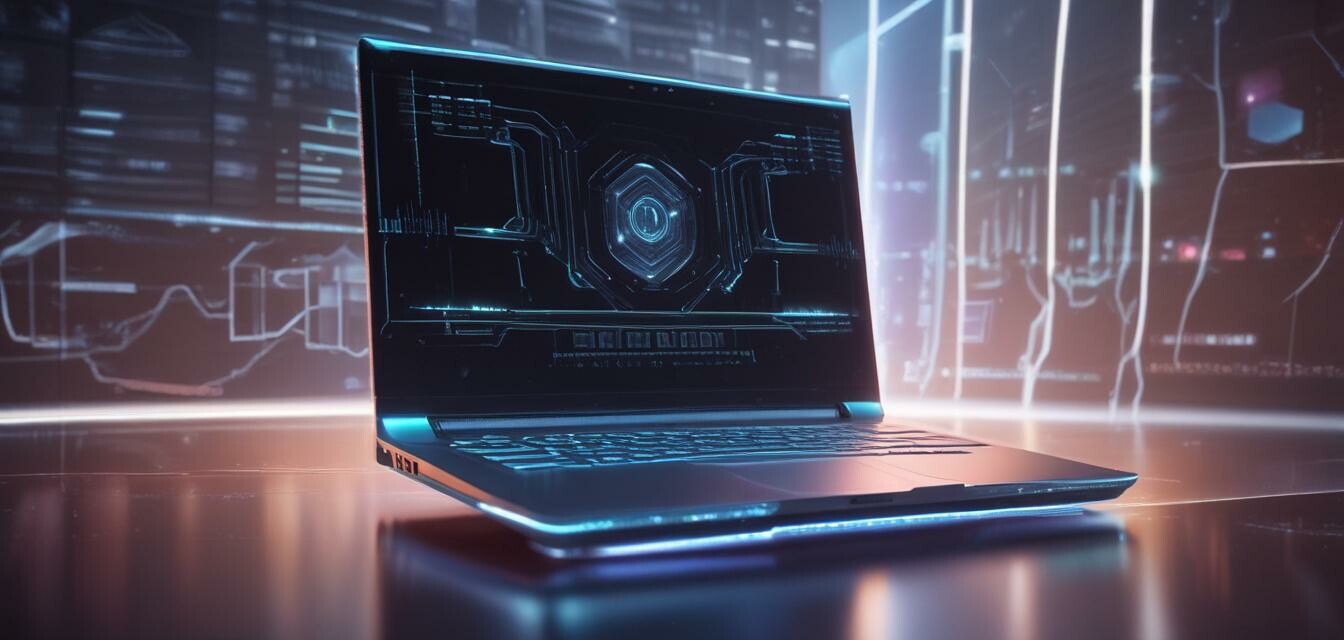
Upcoming Laptop Features to Look for in 2025
Key Takeaways
- Advancements in AI integration for smarter performance.
- The rise of OLED displays for vibrant visuals.
- Improved battery technologies for longer usage times.
- Enhanced connectivity options including 5G and Wi-Fi 7.
- A greater focus on sustainability in laptop production.
The world of technology is ever-evolving, particularly in the realm of laptops. As we approach 2025, upcoming features promise to reshape how we think about personal computing. In this article, we will explore significant advancements expected in laptop technology, giving you a glimpse into the future of your portable computing devices.
1. Artificial Intelligence Integration
One of the most noteworthy trends is the integration of advanced artificial intelligence (AI) in laptops. This technology will not only enhance user experience but also optimize performance. Here’s what to expect:
- Smart Assistants: Laptops could have AI-driven assistants that learn user habits and preferences.
- Optimized Performance: AI can predict workloads and allocate resources dynamically to enhance efficiency.
- Enhanced Security: AI-driven security features will help in identifying potential threats faster and with better accuracy.
2. Display Technology Advancements
Display technology is set to take a leap with the introduction of OLED screens as standard in many laptops. Unlike traditional LCDs, OLED displays offer:
- Vibrant Colors: Enhanced color reproduction and deeper blacks.
- Higher Contrast Ratios: Better visual detail in dark scenes, perfect for both work and entertainment.
- Thinner and Lighter Designs: More compact devices without sacrificing display quality.
Comparison of Display Technologies
| Feature | LCD | OLED |
|---|---|---|
| Color Accuracy | Standard | High |
| Contrast Ratio | Lower | Higher |
| Weight | Heavier | Lighter |
| Power Consumption | Higher | Lower for dark images |
3. Enhanced Battery Technologies
Battery life is a critical aspect of laptop performance. As we look to 2025, several innovations are expected to emerge:
- Solid-State Batteries: These could provide higher energy density and faster charging times.
- Rapid Charging Technologies: Expect to charge laptops to full capacity in under an hour.
- Eco-Friendly Batteries: New materials will contribute to a reduction in environmental impact.
Battery Life Comparison
| Battery Type | Typical Life | Charging Time |
|---|---|---|
| Traditional Li-ion | Up to 8 hours | 2-3 hours |
| Solid-State | Up to 15 hours | Under 1 hour |
4. Connectivity Upgrades
The connectivity of laptops will also witness significant upgrades with the routine introduction of:
- 5G Compatibility: Ensuring blazing fast internet connectivity on the go.
- Wi-Fi 7: Improved data rates, capacity, and latency benefits.
- Universal Ports: More devices are expected to use USB-C, streamlining connections.
5. Focus on Sustainability
As awareness around environmental impact grows, manufacturers are expected to prioritize sustainability. This might include:
- Recycled Materials: Increasing use of recycled plastics and metals in manufacturing.
- Energy-Efficient Models: Compliance with stringent energy consumption standards.
- E-waste Management: Better programs for recycling old devices.
Conclusion
As we move into 2025, the laptop landscape is transforming with the promise of advanced technology and improved user experiences. By keeping an eye on these upcoming features, you can make informed decisions for your next laptop investment. For more insights into laptop buying guides or to learn about the latest trends in PC and laptop news, be sure to explore our website!
Pros
- Enhanced AI features can lead to smarter and more efficient work.
- Improved battery life can provide more usability on the go.
- Upgraded displays improve the overall viewing experience.
Cons
- New technologies may come at a higher price point initially.
- Compatibility issues could arise with the rapid technological advancements.
- Transitioning to new connectivity types may require additional accessories.